4 Awesome Strength Training Tips for Athletes
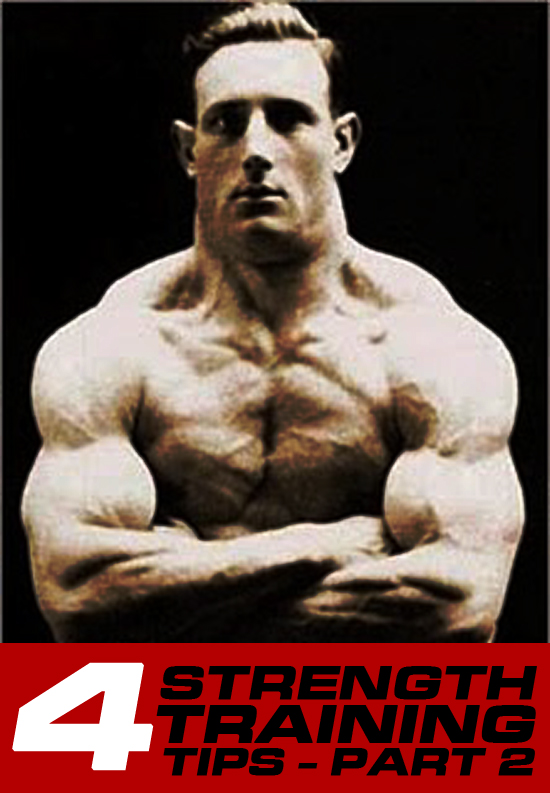
At some point you’re going to have to get into the gym and start training. It doesn’t matter how many books you’ve read on the subject, real hands-on experience is the only way to learn how to train and find out what works for you. Yes, the principles for getting stronger and building muscle are the same for everyone, but training can look very different depending on where you’re at as an individual.
Not everyone can (or should) bench press through a full range of motion with a barbell. Not everyone should full squat. Not everyone should pull off the floor. You have to earn the right through progressive reinforcement of fundamental movement proficiency and develop of position-based mobility and stability.
Conventional exercises just aren’t appropriate for some lifters. But sometimes, you can find a better way to train that might work for you.
In this second installment of Strength Training Tips, we tackle 4 more ways to get creative in the gym. In Part 1, we talked about fat bar training, glute activation, powerlifting, and how to use a foam roller to help with beat up shoulders when you bench press.
Let’s start with a simple way to help load weights when you’re deadlifting.
Strength Tip #1: Use Bumpers for First Plate
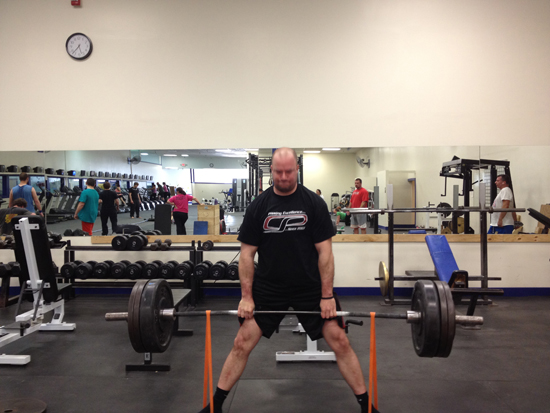
Bumper Plates from Rogue Fitness – CLICK HERE
We typically use rubber bumper plates when we deadlift. It is much easier to load weights when you have bumpers on because they’re slightly bigger than conventional steel plates. Once you use a bumper for the first plate, all of the other plates slide on easy. Also, if you’re gym doesn’t allow you to drop the weights, bumpers allow some absorption of the sound and of the weights hitting the floor.
Strength Tip #2: Keep Honest with Foam Rollers
In Part 1 of this series, I showed you how a foam roller can replace boards when benching to give your old shoulders a break when bench pressing. Using a foam roller will help you absorb the weight of the bar and give you a little ‘help’ to get the momentum reversed off of your chest.

Now, I wanted to show you how we also use foam rollers to keep you ‘honest.’ Place a foam roller under your chest when you’re performing push-ups. You’ll hit the same depth everytime and it will teach you have to keep tension at the bottom of the exercise. We’ve found the setup works best when you use dumbbells to raise you up a bit off the floor.
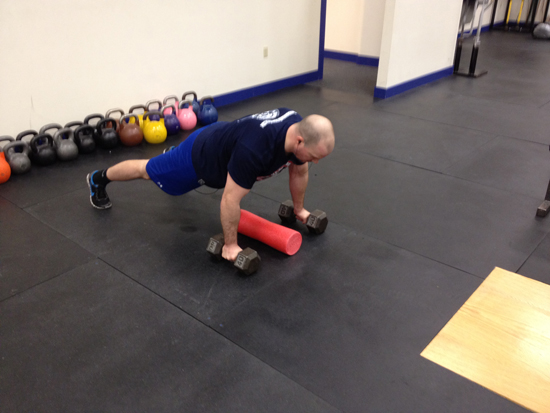
Strength Tip #3: Use a Cage to Get Your Belt Tight
Putting on your belt is no easy task. You don’t want it too tight where you can’t expand your torso and brace properly and you don’t want it too loose for your max effort lifts.
Here’s how you do it.
Stand facing the rack. Put the end of the belt through the buckle and wrap it around the column of the cage. Twist your body away from the rack while you suck in your stomach. Fix the buckle and test the tightness. You should just be able to get your fingers between the belt and your stomach. If you can’t, the belt is too tight. If you can and you can expand your stomach outward (circumferentially, or in all directions) and the belt gets really tight, then you’re just right.

Rogue Lifting Belt from Rogue Fitness – CLICK HERE
Strength Tip #4: Use Bands for Next Level Conditioning
I caught this rower variation from Mark Bell (Supertraining.tv and the creator of the Slingshot). Instead of doing a long distance row, try some high intensity sprints against band resistance.
It is a simple setup.
Put a band around the arm of the rower and back around the handle. Use a light band because this exercise gets serious real fast. Make sure you don’t lose the neutral position of your back and use your legs and arms to drive and pull the resistance explosively.
We have used sprints of 10 sec, 20 sec, and 30 seconds for 8-12 sets. You’ll feel like your chest is exploding, so progress at your own pace.
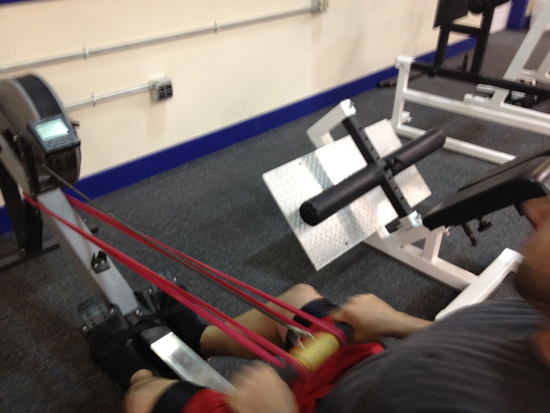
If you enjoyed the variations, please let me know in the comments and share this article with your friends!
By Smitty on May 21st, 2013
FREE DIESEL NEWSLETTER
- Discover Pain Free, Joint-Friendly Training
- Get Super Effective Workouts and Programs
- Inspirational Life Lessons Each Week
- Effective Habits For Busy Entrepreneurs


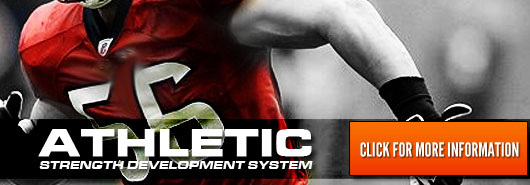

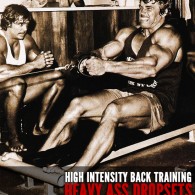
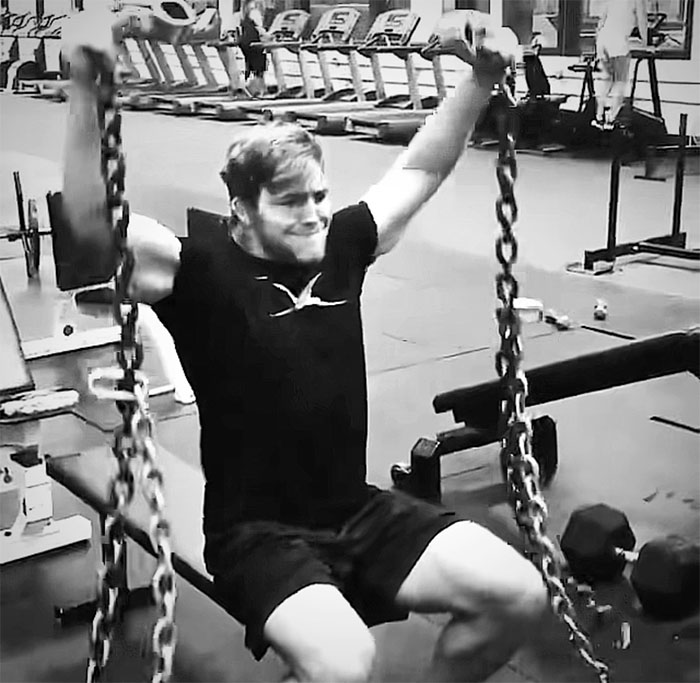




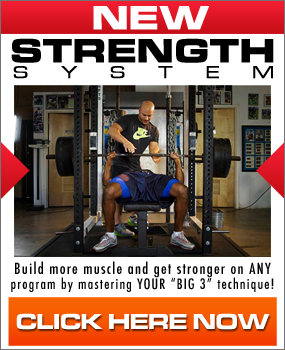




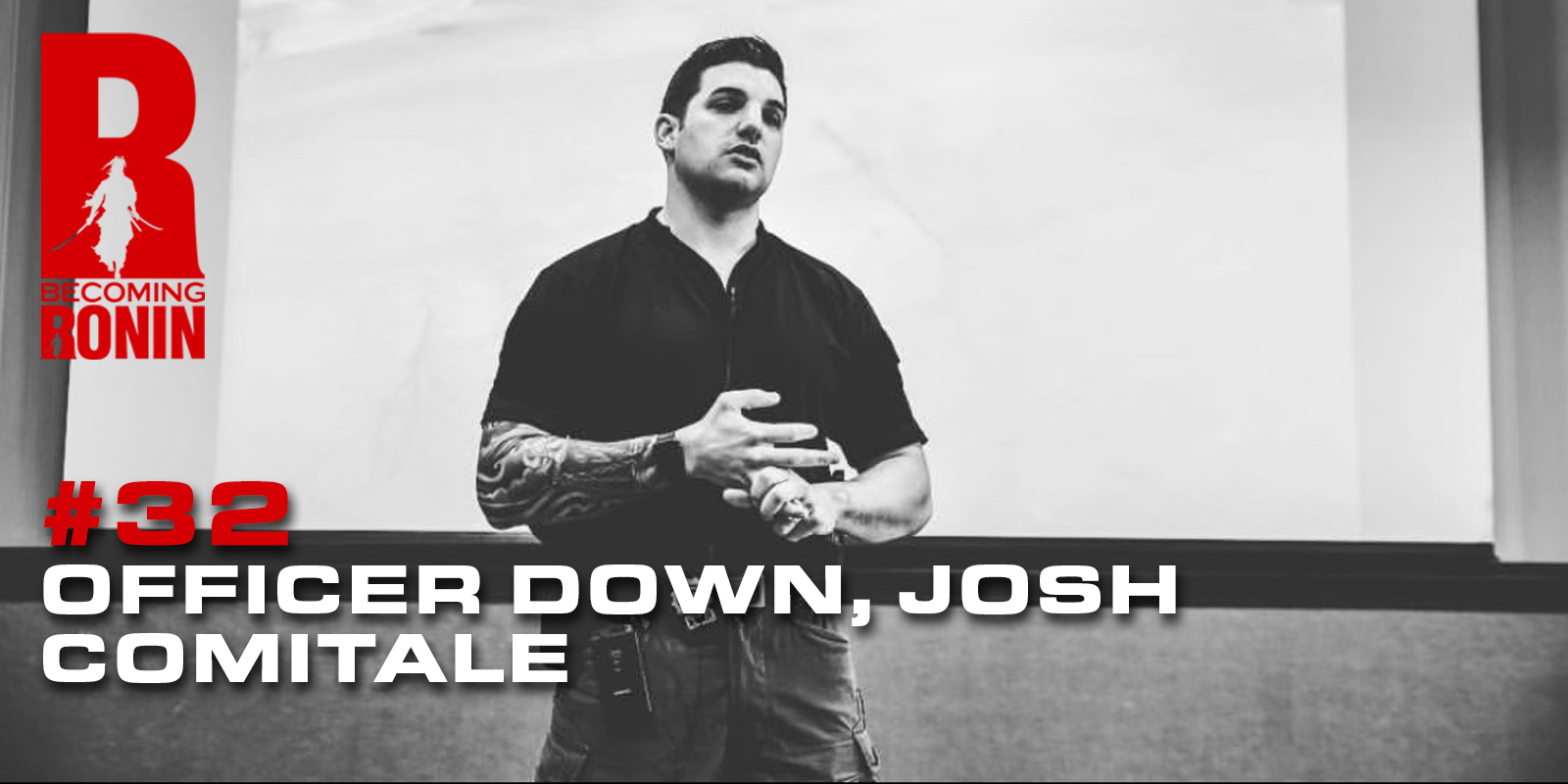
Brilliant variation on the rowing machine, I love the movement but always wanted the negative resistance instead of just a slack cable.
These are all great tips for people looking to increase strength. Many people don’t realize the variations in training that exist, especially when you factor in equipment like resistance bands and foam rollers. This will definitely make your workout more challenging.